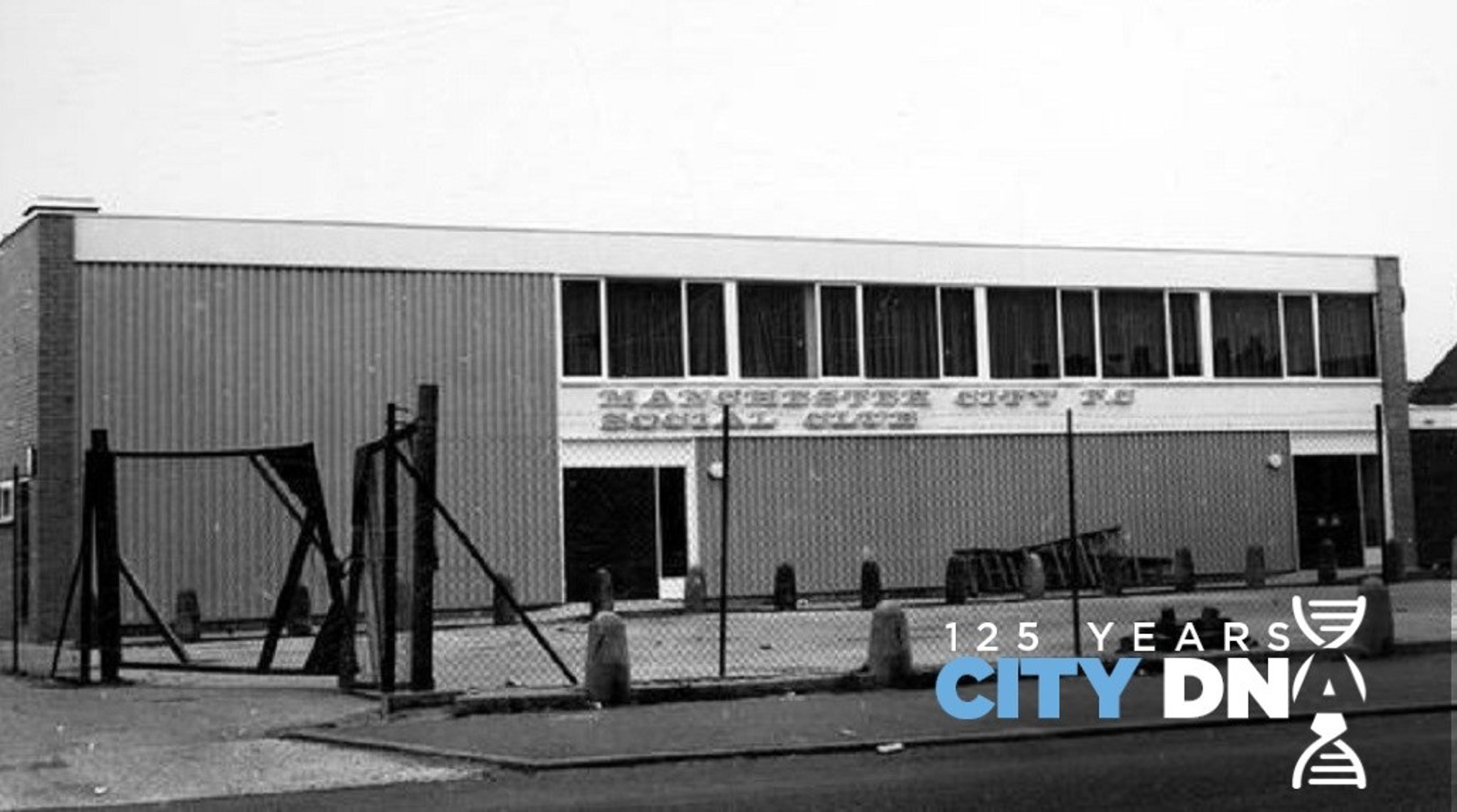What?
The Manchester City Social Club was a physical embodiment of the Club’s close connection with the supporters and the Moss Side community. The social club, built on the corner of Maine Road and Claremont Road and dwarfed by one of Maine Road’s towering floodlights, would stand for more than 30 years and play host to top variety acts, musicians and bands during its existence.
READ: City DNA #11 | The Football Pink
WATCH: City DNA #3 | The Laundry Room
Back story:
The City Social Club was a seven-day a week concern, but it was on matchdays that it came into its own. A fair-sized venue, it could accommodate several hundred people at its busiest and was a thriving business at its peak.
In 1966. Former City star Roy Clarke, by then retired, took the reins of the social club as manager and he would remain in position for almost 25 years, with his wife Kath and daughter Janice joining in what was a family affair.
The ethos behind the social club was a place that players, management and supporters could form closer bonds. Noted sports journalist and screenwriter Arthur Hopcraft, in his book ‘The Football Man’ (1968), noted that City were one of only a handful of football clubs who provided such a venue at a time when fans were “Largely ignored, except when they were inside the ground”.
The club had several bars, including a main bar area, cocktail bar and a smaller lounge. There sandwiches and pies available as well as hatch for serving hot foot for busier evenings.
The main area had a stage where a house band were in residence and invited acts appeared.
Over the years, household names such as Bob Monkhouse, Dave Allen, Bernard Manning, Little and Large, The New Seekers. Brotherhood of Man and a host of others entertained City fans.
City players would occasionally pop in and at Christmas, the players would occasionally put on a pantomime – Mike Summerbee, Franny Lee, Tony Book and Joe Corrigan were among those who once took part in a production of Aladdin.
Head Groundsman Stan Gibson would sit with his wife at a table near the stage and he didn’t have far to walk home with his house backing on to the social club on Maine Road with the souvenir shop sandwiched in-between.
Though the late sixties and seventies were arguably the social club’s peak years, by the early 1990s, the City Social Club’s condition had deteriorated, and it had become less of a hub for fans on matchdays.
Time had moved on and as plans were announced to leave Maine Road, the social club eventually closed. Though it existed in various forms for several more years, it was eventually demolished as part of the ‘Maine Place’ housing project and new homes were built where it once stood.
City fans have long had a gathering place close to the stadium and today, it is Mary D’s, just opposite the Etihad.
The Manchester City Social Club was innovative and, for many years, very successful. It was the envy of rival football fans and at the very heart of the Club for a generation.
Like Helen the Bell, the Kippax and the Gene Kelly Stand, it was also quintessential Manchester City and very much part of the Club’s DNA.







